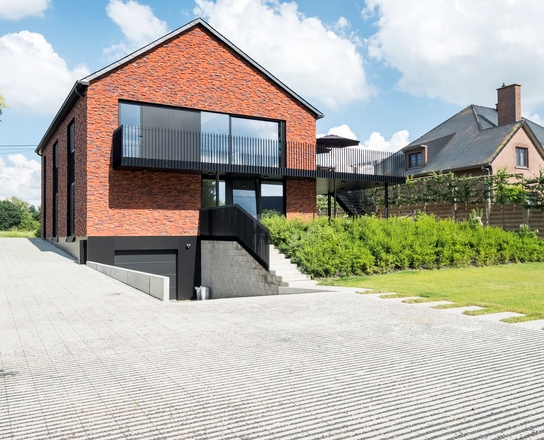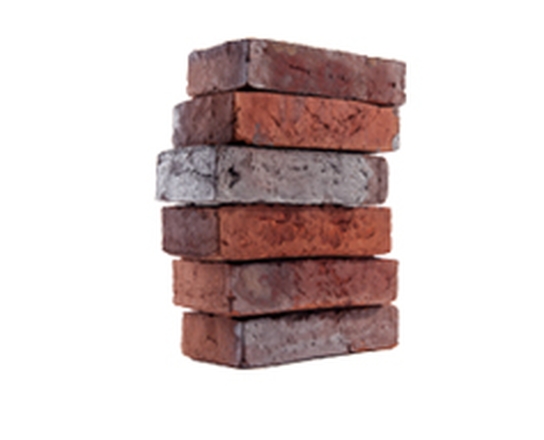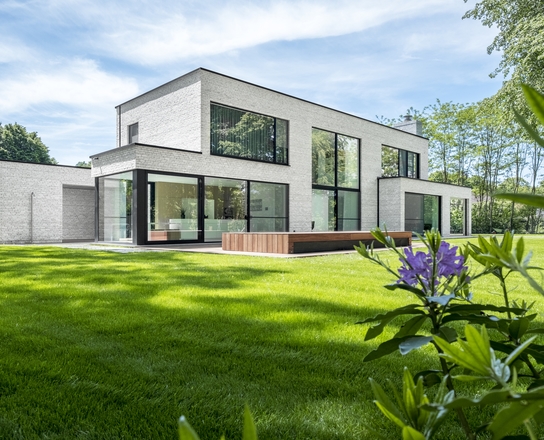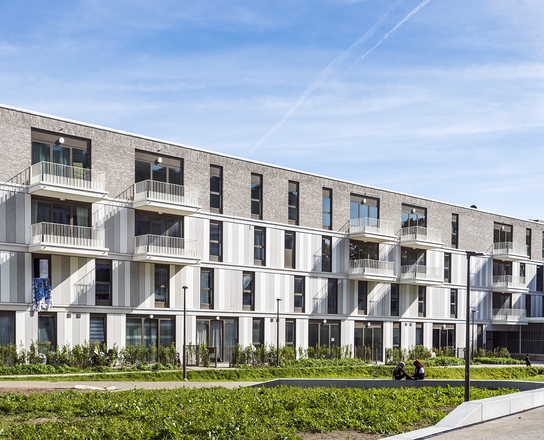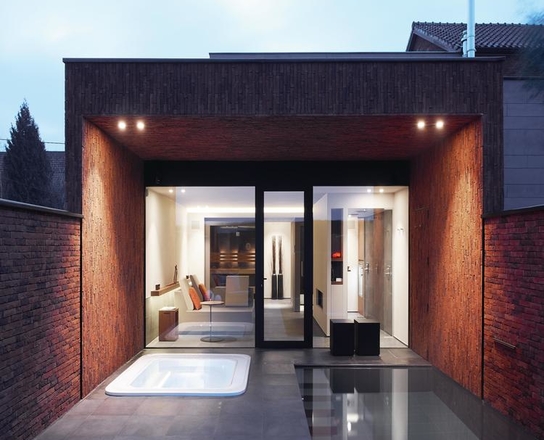Building a wall/facade wall, points for attention
When building a facade, there are number of things to bear in mind to make sure that you work within the generally accepted rules and maintain the aesthetic quality. The following is a brief summary.
Mixing bricks
If you have received several pallets of bricks, you must mix the pallets continuously. As bricks are made from natural raw materials, there may be slight differences in colour between individual bricks. To prevent differences in colour in your facade, we recommend mixing the pallets while you are working. This is done by taking bricks diagonally from different pallets at the same time.
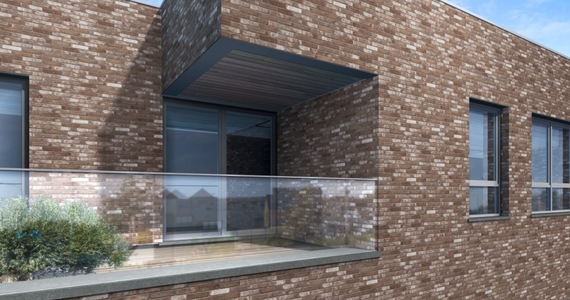
Correct choice of mortar
Choose the correct mortar for the brick that you have chosen. Different bricks can have different absorption behaviour. For optimal adhesion of the mortar to the bricks, it’s important that you adjust the mortar to the absorption behaviour (IW class) of the brick.
If the brick absorbs the mixing water in the mortar too quickly, adhesion will be poor and will result in pulverisation of the mortar. But, if the brick absorbs the mixing water too slowly, the bricks may start to ‘float’ in the mortar.
In addition, it’s also important to use clean water to mix the mortar, and to make sure to select the right sand type. Always respect the ratios specified by the mortar manufacturer.
If you are using colourants to colour the mortar, it’s best to opt for colourants that colour in the mass. This prevents reactions with other substances, which can lead to differences in colour as well as leaching.
Expansion capacity
For long or high brick walls, we recommend expansion joints, which help to prevent cracks from forming in the facade.
Covering fresh brickwork
When laying bricks, it’s important to cover the brickwork if there is any form of precipitation. A newly constructed facade is extremely sensitive to excess water. If you fail to cover it, the chance of leaching and efflorescence is extremely high. In addition, the fresh mortar can also rain out, which will compromise the stability of the wall.
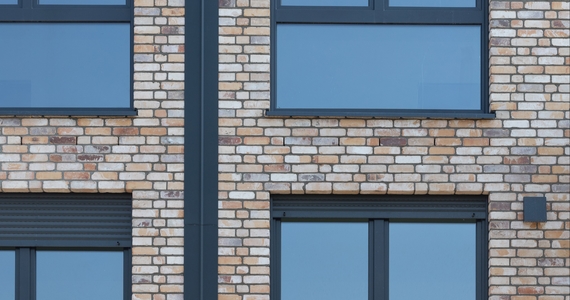
The brickwork pattern
For an aesthetically pleasing wall, it’s important to respect the bond or brickwork pattern. With a stretcher bond, it is extremely important that the butt joints are above one another, otherwise the bond will not look right.
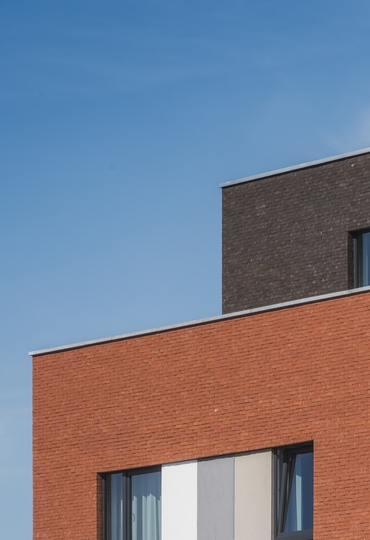
Laying bricks in the right conditions
The weather conditions have a greater influence on the look of the brickwork than might at first seem apparent. Make sure to take suitable precautions according to the weather conditions at the time.
Joints
If you decide to point the brickwork afterwards, ensure that you scrape the joints out correctly, deeply enough, and evenly. A good rule of thumb is a depth that is 1.5 times the width of the joint. If you prefer a thinner joint, make sure to adjust the mortar accordingly. The correct mortar ensures optimal adhesion to the bricks. If you want thinner joints, adhesive mortar or thin-bed mortar
is recommended. The mortar that is most suitable for a particular brick can be determined using the information on the technical sheet accompanying the brick.

